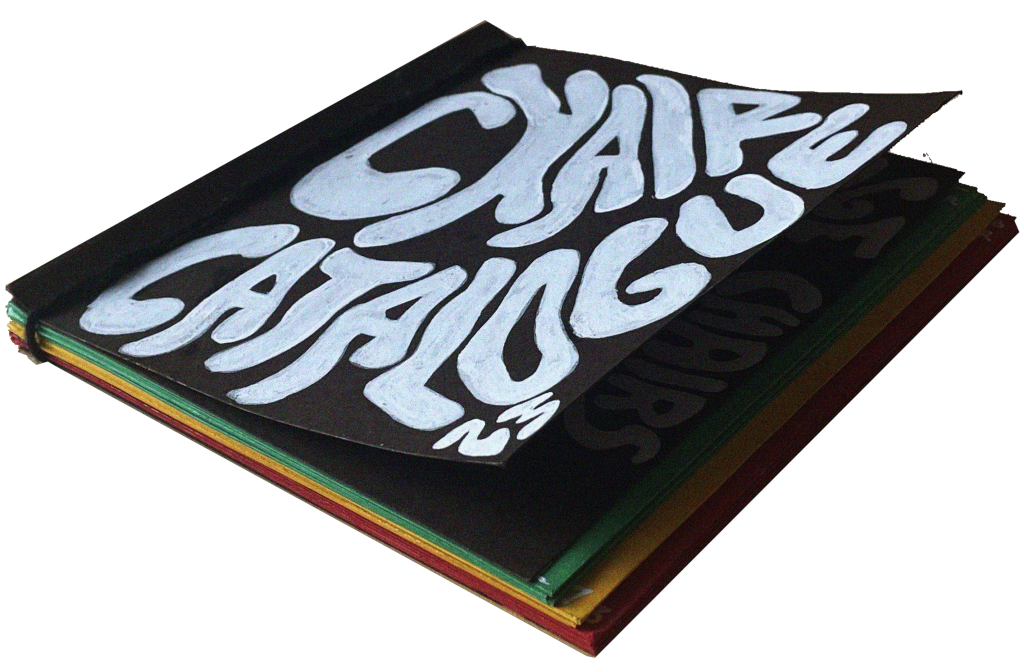UNIT 1: METHODS OF CATALOGING
3rd November 2023
Below is an Index of an excerpt from the text by Benedict Anderson (“Census , Map, Museum”, Imagined Communities. 2006).
The index aims to break down the text into specific topics and concepts, in order to provide a comprehensive overview of the excerpt.
Chosen excerpt: Page 5, THE MAP, In the meantime ……………….Page 6, no horizontal extent.

Benedict Anderson’s discussion (2006, p. 2) on census reveals that a primary focus for census makers was the major religious affiliations of Islam and Buddhism, while neglecting various other aspects such as shrines, schools, and courts. After a careful analysis of the reading, I identified limited similarities between my project and the chapter on “census.”
Much like the “census” chapter in his book (Anderson, 2006), my project, which involves cataloging “3D models of vintage chairs,” is categorized into three primary groups: wooden chairs, tufted chairs, and leather chairs. This classification excludes materials such as pipe, metal, brass, plastic, and other less common denominations. The rationale behind this categorization mirrors that of the reading, as the majority of vintage chairs can be classified within these three material families.
In the context of the chapter on “Maps,” Anderson discusses (2006, p. 5) how mid-19th-century Siam had two types of maps based on human perception, imagination, observation, and experience. These maps lacked scale, geometry, realism, and practicality. Similarly, my chosen method for cataloging, “continuous line drawing,” mirrors this concept. This specific method offers a highly personal and intimate visualization of the chair, even if it lacks practicality and geometric precision. Surprisingly, it proves to be more informative and easily understandable, similar to the hand-drawn maps used for military and coastal navigation, as described in the reading. This approach is particularly effective when compared to the original data set’s medium, which consisted of 3D models.
As per the reading (Anderson, 2006), a map serves as a scientific abstraction of reality, representing something that already exists. Likewise, “continuous line drawing” as a cataloging method represents an abstraction of the reality presented by 3D models. In this particular case, this abstraction yields a more efficient visual representation, as the 3D models can appear flat and lack depth.
Reference List:
- Anderson, B. (2006) Census, Map, Museum, Imagined Communities. London: Verso Books.

